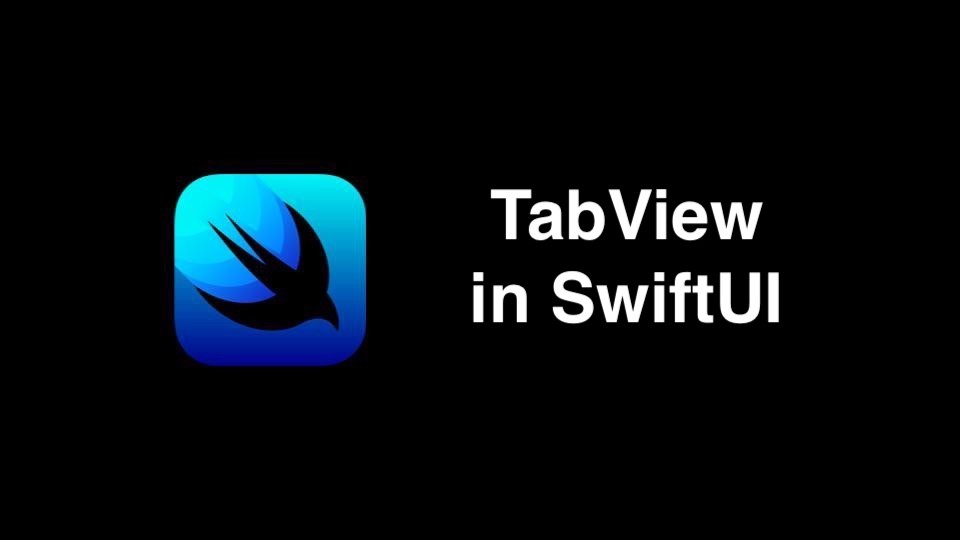

SWIFT TABVIEW ORDER CODE
The provided code example is a pragmatic working solution, but I need to keep the index for each card inside the cards state, and that feels wrong as it should be the index in the IdentifiedArray so the state does not need to be updated for all cards if a card is deleted or moved. Is there a way to keep my custom dragGesture while at the same time, trigger the TabView drag gesture to switch page if user dragged to the edge of the image Thanks. Here we define our tabs in AppTabView like below. However, my custom dragGesture here overrides the normal TabView drag gesture to change pages. Lets start with the empty SwiftUI template from the Xcode and Create new SwiftUI view named AppTabView.swift. Here is what a SwiftUI tab view looks like. You can access each view in a tab view from a tab item, which sits at the bottom of the screen.
SWIFT TABVIEW ORDER HOW TO
But I can not find how to set the index for the meeting card tag. In this post, we will explore the Environment Key and EnvironmentValues to achieve the programmatic tab switching in TabView. TabView or Tab bars is a container view that provides an easy way to navigate between multiple child views. In this post, we will look into how to use it, especially how the TabView can be used to show page indicators. In this post, we will explore the Environment Key and EnvironmentValues to achieve the programmatic tab switching in TabView. Whenever we want to show more views on the. Right now we have two options to create a tab view with SwiftUI. TabView works the same as UITabBarController.

Step 5 The TabView contains two subviews, ContentView and SettingsView. Let's now put all this together in the code.I want to use TabView together with ForEachStore to create a paginated card flow. In this tutorial, Well learn how to implement TabView in SwiftUI. The root node of the view hierarchy is TabView, a container view that provides tabs that people can use to switch between different subviews. To mark this view as a tab bar item, we need to use the tabItem view modifier passing inside a Label that describes a title and image. To create a TabView element, we need to pass the Content that is a list of SwiftUI views. Let's look into both of these approaches. Note: Order is important and must correspond to the. For this purpose, use the TabBarView widget. We can either take control of the selected tab or avoid it whatsoever. Now that you have tabs, display content when a tab is selected. Right now we have two options to create a tab view with SwiftUI.

The following example creates a tab view with three tabs, each presenting a custom child view. In this manner, the view will exist within the tab view and is accessible. The difference is that it can display tabs where each tab. According to the Apple docs, SwiftUIs tabItem configures views as a tab bar item. On iOS, you can also use one of the badge modifiers, like badge (:), to assign a badge to each of the tabs. The Tab View Controller also consists of a single window that can contain two or more views. In this post, we will look into how to use it, especially how the TabView can be used to show page indicators. To create a user interface with tabs, place views in a TabView and apply the tabItem (:) modifier to the contents of each tab. In SwiftUI, we have a new element name TabView instead of UITabBar in UIKit. It is a major element of Apple's apps like Music, Podcasts, and App Store. This element appears at the bottom of the iOS and iPadOS devices and allows our app users to switch between different views or functions quickly. Tab Views and Labels Learn the basics of tab views and labels. Before we set up tab view controller programmatically, we need to remove. TabBar is a vital component of iOS and has been from iOS 2.0. In order to demonstrate basic functionality of the UITabBarController we will.


 0 kommentar(er)
0 kommentar(er)
